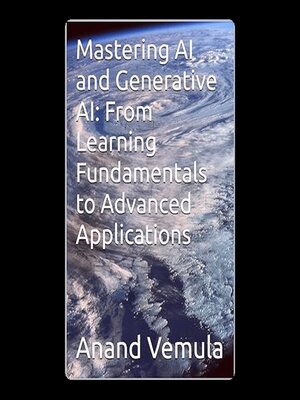
Sign up to save your library
With an OverDrive account, you can save your favorite libraries for at-a-glance information about availability. Find out more about OverDrive accounts.
Find this title in Libby, the library reading app by OverDrive.



Search for a digital library with this title
Title found at these libraries:
| Library Name | Distance |
|---|---|
| Loading... |
This audiobook is narrated by a digital voice.
About this audiobook
clear
This book delves into the fascinating world of generative AI and explores how Large Language Models (LLMs) are revolutionizing text creation. It equips you with a foundational understanding of these AI models and empowers you to leverage their capabilities for various purposes.
Part 1: Foundational Concepts sets the stage by introducing generative AI and its application in text generation. It unveils the inner workings of LLMs, explaining how these AI models are specifically designed to understand and process human language. You'll explore the vast potential of LLM-powered text generation, from crafting poems and scripts to generating product descriptions and social media content.
Part 2: Applications and Use Cases dives into the practical applications of LLMs. You'll discover how LLMs can be used to generate different creative text formats like poetry, code, and even movie scripts. Explore techniques for style transfer and textual mashups, allowing you to create unique and innovative writing styles. The chapter on content creation and marketing explores how LLMs can assist with generating product descriptions, blog posts, and social media content, streamlining your content creation process.
Part 3: Evaluation and Considerations delves into the process of evaluating LLM-generated text. You'll learn about various metrics used to assess the quality of the generated content, including coherence, fluency, and grammatical correctness. The chapter on challenges and biases in LLM text generation explores the importance of mitigating bias and promoting fairness in AI development. It also addresses safety and security concerns, along with the need for explainability and interpretability of LLM outputs.







